Palmer (r) knows exactly what F1 needs
Driver turned radio pundit targets funding gaps between teams, quiet engines and bland circuit layouts
There are many things wrong for Formula 1 at present, few more so than the fact that if you want to enjoy live coverage for all 21 races or, indeed, any race save the British Grand Prix, you have two choices: pay Sky or listen to Radio 5 Live.
For those who can’t afford a Sky Sports subscription, the good news is that Jolyon Palmer will be back in the 5 Live commentary box this year. His time in F1 may have ended in 2017 after just two seasons for Renault, but his punchy, pithy punditry should ensure him a far longer-lasting career on air. So who better to point out the problems with the sport as it stands today and, more importantly, what might be done to put it right? We meet over cod and chips in a Battersea pub, and turn on the tapes.
“Actually, I think we’ve got quite a good season coming up, at least by recent standards,” says Palmer. “The only significant rule change is a new front wing designed to make cars easier to follow, but it’s not going to be a game-changer. What’s looking really interesting are the driver line-ups.”
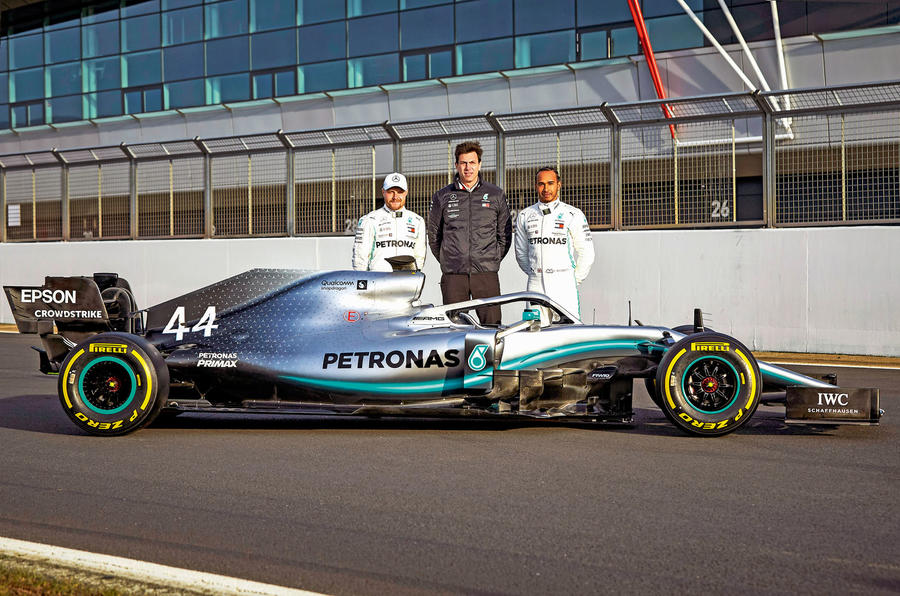
We’ll get to that in a minute but, in the meantime, how does he perceive the issues in the sport as it stands?
“Money is the problem, and the difference in resources between the top three teams and the remaining seven,” he says. “It’s frustrating because what nobody sees is that, were the top three not there, what is currently the midfield is so closely packed you’d turn up to every grand prix without a clue to who was going to win it. It would be down to whoever did the best job on the day. But the fact is that unless someone goes in the wall or breaks down, if you’re not in a Mercedes, Ferrari or Red Bull, the best result you can hope for is seventh. It’s like there are two classes, and to me last year T LAT Jolyon’s dad Jonathan won ‘B’ class in ’87 Nico Hülkenberg was the F1 champion of the ‘B’ class.”
It put me in mind of the 1987 season, when F1 did indeed have a class system: there was the outright championship and, within it, a category for non-turbo cars that fought for the Jim Clark Trophy, won by none other than Jolyon’s dad, Jonathan.

“Right now, to go from being the fourth-best team on the grid to the third would require double the budget – at least,” continues Palmer. “The guys at the front are so much quicker. Take the French Grand Prix last year: Vettel and Bottas tangle on the first lap, both pit and rejoin absolutely at the back of the field. Within a few laps they’re back up the front again.”
He is, of course, correct. To me, the fact that shows the gulf most clearly and the desperate need for change is that when the cars line up on the grid at Melbourne, it will be exactly six years since any car other than a Mercedes, Ferrari or Red Bull won a race. Which is ludicrous.
“There are so many things that need doing and the first is to cap the budget,” says Palmer. “And what if teams like Ferrari and Mercedes-Benz that stand to lose most don’t like the idea and threaten to quit? Then let them go. You can’t have a sport governed by its competitors. If they won’t adhere to the regulations, then the sport is better off without them. And if you cut the budgets, more teams will join. There are plenty of Formula 2 teams that could do a good job in F1 but right now are put off by the costs. You could have grids of 30 cars and even prequalifying where it was needed.
“The FIA needs to come up with a set of regulations in conjunction with some technical delegates like Ross Brawn and Pat Symonds, and those are the rules. Take them or leave them. You can’t have teams making the rules because they all want different things.
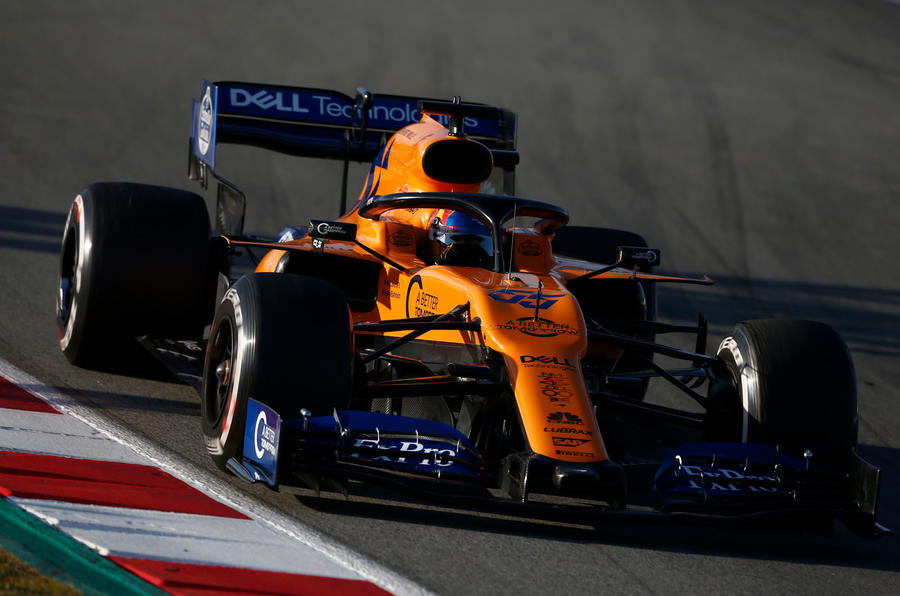
“Next you need to cut downforce. At Spa, three of the world’s great corners – Eau Rouge, Blanchimont and Pouhon – can now be taken flat. So can Copse at Silverstone. Eau Rouge isn’t even a corner any more. And while being able to take Copse flat will please 20 people strapped into cars and maybe a few data boffins, you’re taking away the entertainment from everyone at home who just wants to watch a good grand prix. You don’t get the sensation of speed on the telly anyway.
“The truth is that you can have cars that are unbelievably quick through corners, or you can have great racing. But you can’t have both. Cutting downforce not only allows cars to follow each other but it also extends braking zones, and then you don’t need DRS, which was only ever a sticking plaster anyway.”
Palmer is not yet done.
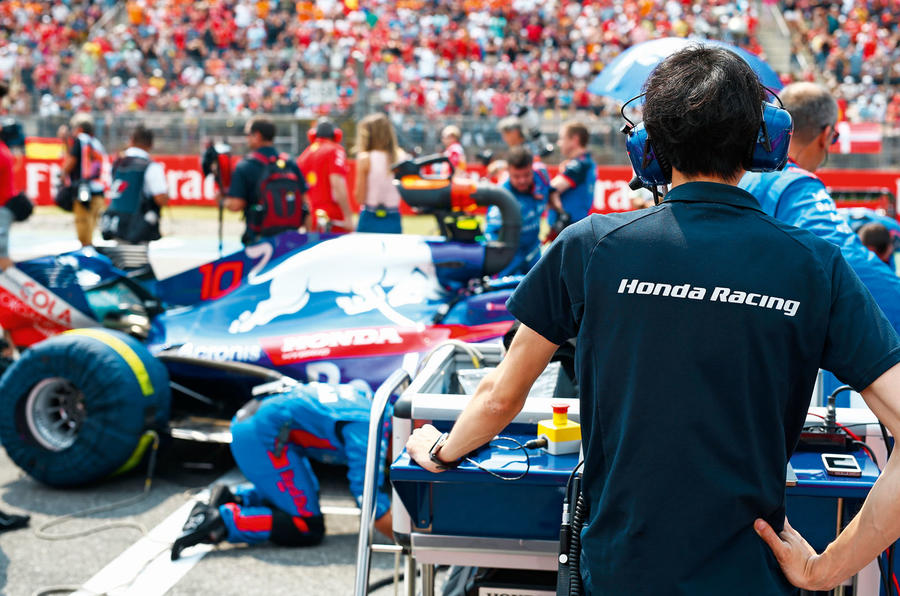
“We also need to get the noisy engines back,” he continues. “I know it will be seen by some as a backwards step, but the V6 turbo engines have done F1 no favours. You lose so much of the essence of F1 and they are so expensive. And the inequality of engines between Mercedes and Ferrari on one side and Renault and Honda on the other means teams like Red Bull have one hand tied behind their backs from the off. Back in the V8 era you got what we had at the start of 2012, when the first seven races were won by seven different drivers from five different teams.
“And we need circuits with barriers and gravel, not vast concrete run-offs. If you make a mistake, there should be consequences.” Surprisingly, Palmer is adamant the drivers want this too, “but if you give them a run-off area, they’re going to use it. No one wants to see someone get hurt, but mistakes should be punished – it makes the driving better to watch and the racing more interesting because it introduces another variable.”
But before any of it happens, we have the 2019 season before us. Is it likely that anything other than a Mercedes-AMG, Ferrari or Red Bull will win a race? Frankly, no. But Palmer is quick to point out some interesting undercurrents.
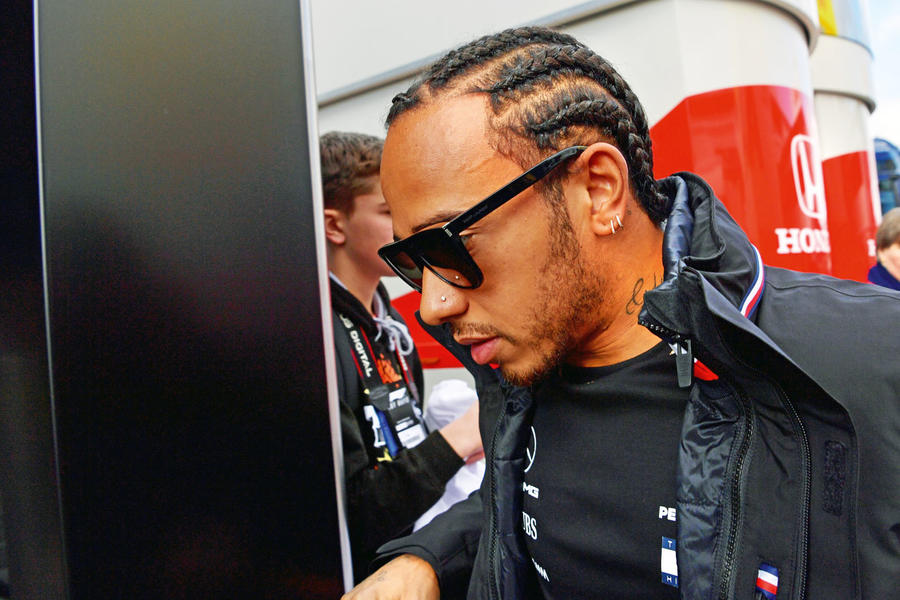
“Yes, the championship is Lewis Hamilton’s to lose, but I would point out three things,” he says. “First, Ferrari had the best car for most of last season. In fact, I’d say there were only four races where Mercedes were clearly better. I don’t actually think there was much between them on strategy, either. It’s just that Ferrari and Vettel kept making mistakes. If they can sort that out, the title fight could be very interesting.
“Second, with its Red Bull partnership and for the first time since it returned to F1, Honda now has its engine in a car that can win races. Do not underestimate how that will motivate a company already on an upwards trajectory in F1.
“Third, no one knows how Charles Leclerc is going to affect Vettel. Kimi Räikkönen never pushed Seb, but Leclerc really could. I expect him to be on the pace from the outset. What will be the consequences of that? We saw last year that Seb is vulnerable to pressure, in which case how will Ferrari handle that? Or he could just raise his game and deliver Ferrari their first title since they won the Constructors’ in 2008.”
It should be fun watching.
Jolyon Palmer on…
Mercedes-AMG: “Lewis should be on anyone’s ‘greatest driver of all time’ shortlist, and he just seems to get better. Last year, he generally had the slower car yet took the title with space to spare. I feel sorry for Bottas because I expect his performances accurately reflect the true pace of the car, but he’s got the best in the world as his team-mate. He needs to produce something extraordinary or accept his role as wingman.”
Ferrari: “Ferrari will tell Leclerc to hold back and learn from Vettel, but he’ll be thinking ‘I want to win the title’. He’s a good choice for Ferrari, who usually prioritise experience. Seb is still really quick but he could find himself in the same situation with Ricciardo at Red Bull. He’d had it easy with Webber, then in 2014 Danny came in and beat him straight away. There’s probably no one with greater pressure on their shoulders going into the first round.”
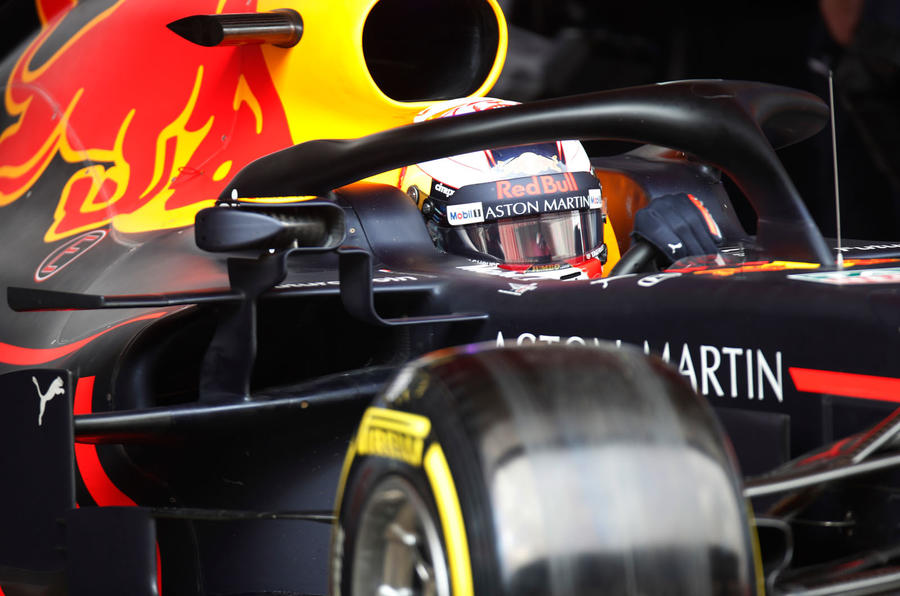
Red Bull: “I hope Red Bull can fight from the start. Honda engines will be a huge change but it’s a good move. Toro Rosso did well with Honda last year, and Honda is on an upwards trajectory now. Verstappen, who was driving as well as Lewis towards the end of 2018, has the motivation of a car that could be a regular winner. Gasly is harder to judge. He had a good season last year but we only have Hartley to judge him against.”
McLaren: “McLaren was the biggest disappointment of last year, and now they’ve lost Alonso, who got the car more points than it deserved. Even so, they should make a big step just because last year’s car was so bad and they’ve got the money. Also Sainz on his day can be very strong and I expect Lando Norris to push him all the way.”
Renault: “They’ve got a hell of a driver line-up. We know how good Ricciardo is and Hülkenberg is the most underrated driver on the grid. Renault have a decent chassis and a bigger budget than the other midfielders, so they should be the best of the rest behind the big three. But they won’t get there without a good engine. I’m told this year’s engine looks strong, but I’ve heard that before only to see little real progress come race day.”
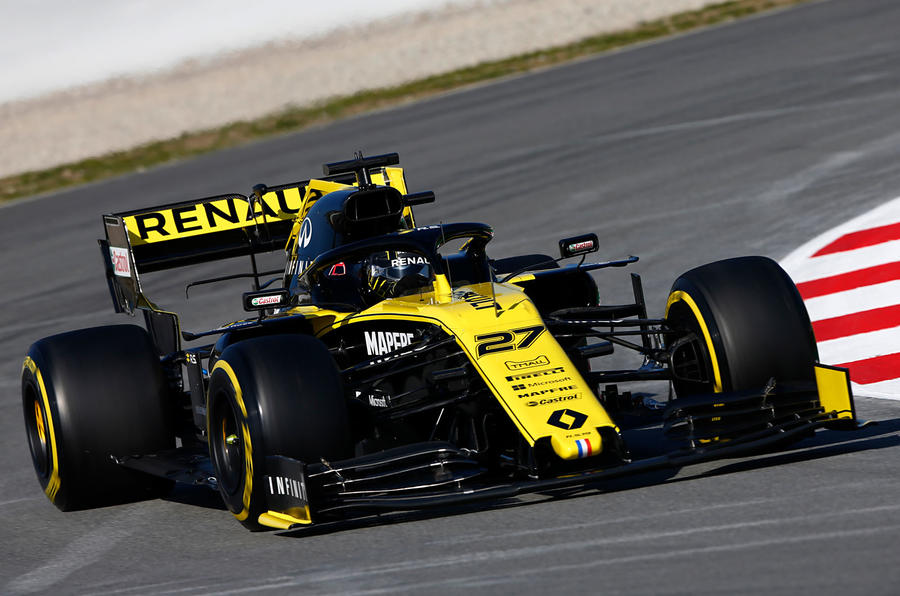
Haas: “With Mercedes, the only other team to retain their driver line-up [Grosjean, Magnussen]. Haas has done well since joining F1. Not only does it get its engine from elsewhere – Ferrari – but its chassis too, which is made by Dallara. So they can afford to run on a small budget. Renault thinks it’s unfair because the overlap with Ferrari is huge, bigger than that with Toro Rosso and Red Bull B-team. But, overall, Haas is good for F1.”
Racing Point (Formerly Force India): “Should have a stronger year because new ownership means they’ve now got money. Stroll would not be in F1 without the big backing he brings. He needs to step up, but if he can match Perez he’ll be doing well. Perez is underrated: if there’s a sniff of a podium, he’ll find a way to get on it. He made the most of his chances last year.”
Williams: “Unless they design a brilliant car, it’s hard to see anything but another tough season ahead. Kubica is a gamble: no one has been away from the sport for that long and come back strong, leaving aside the physical limitations of his injury. But it takes pressure off George Russell: he’ll either be quicker than Kubica or slower than someone who was once considered an F1 champ in the making.”
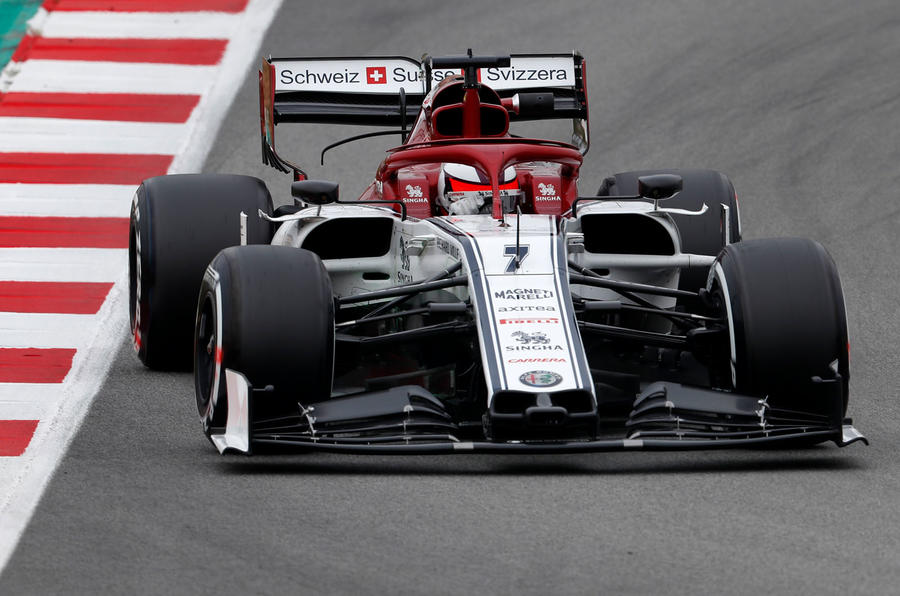
Alfa Romeo Racing (formerly Sauber): “Kimi is a good signing for them. He showed last year he can still win, and while I don’t think he’ll be troubling those up front, I expect he will still be quick and they will learn from him. Antonio Giovinazzi is good: he had two outings for the team at the start of the 2017 season but it’s not fair to judge him on that. On balance, I’d say he deserves his place in Formula 1.”
Toro Rosso: “Re-signing Daniil Kyvat was a real curve ball. The team already dropped him once, but he is quick on his day and let’s not forget he earned promotion to Red Bull. But still, it’s slightly bizarre. British-Thai driver Alexander Albon will be interesting too. He’s not spectacular but could be good.”
Lando Norris vs. George Russell: “This could be one of the season’s talking points. It’s great to see two talented young Brits coming through. They came first and second in F2 last year, and looking at the results you’d say George was the better driver [Russell won seven rounds, Norris one]. But I don’t see it that way: George is a young Button, quick and super-consistent; Lando is hugely talented, like a young Lewis. But both look the real deal.”

Himself: “I don’t miss racing. I’m entirely at peace with my racing career, so while I’d never say never, I’m not seeking a drive. But if something good came along – a strong team in Formula E, or a real chance to do well at Le Mans – I’d look at it. To be honest, 2017 sapped a lot of my enjoyment of F1. I was ready to walk away for good when the BBC made me an offer. I really enjoy commentating – it’s relaxed but you have to know your stuff.”
Women in F1: “At the moment, there isn’t a woman at the right level to do F1,” Palmer says. “If there was, she’d be in F1 because it would be a marketing department’s dream. But there’s a good reason why there are no women vying for drives, and it has nothing to do with strength, ability or anything like that. The problem is that, relative to men, there are so few women at the starting points of racing – karting when they’re kids, doing the junior series and so on. So if you’re one woman against 50 men, you have to beat them all to progress to the next series and then do it again and again and again, being the best at every stage. And for any driver, that’s tough. It says nothing about women per se, it’s a historical cultural issue. But society is changing and it is just a matter of time. It will definitely happen but I don’t think we’ll see a woman racing in F1 in the next five years.”
Read more
Jim Clark: how Autocar remembered an F1 legend
Jonathan Palmer: from F1 racer to Britain’s top circuit boss
Autocar’s guide to the best things to do in 2019
Source: Autocar
